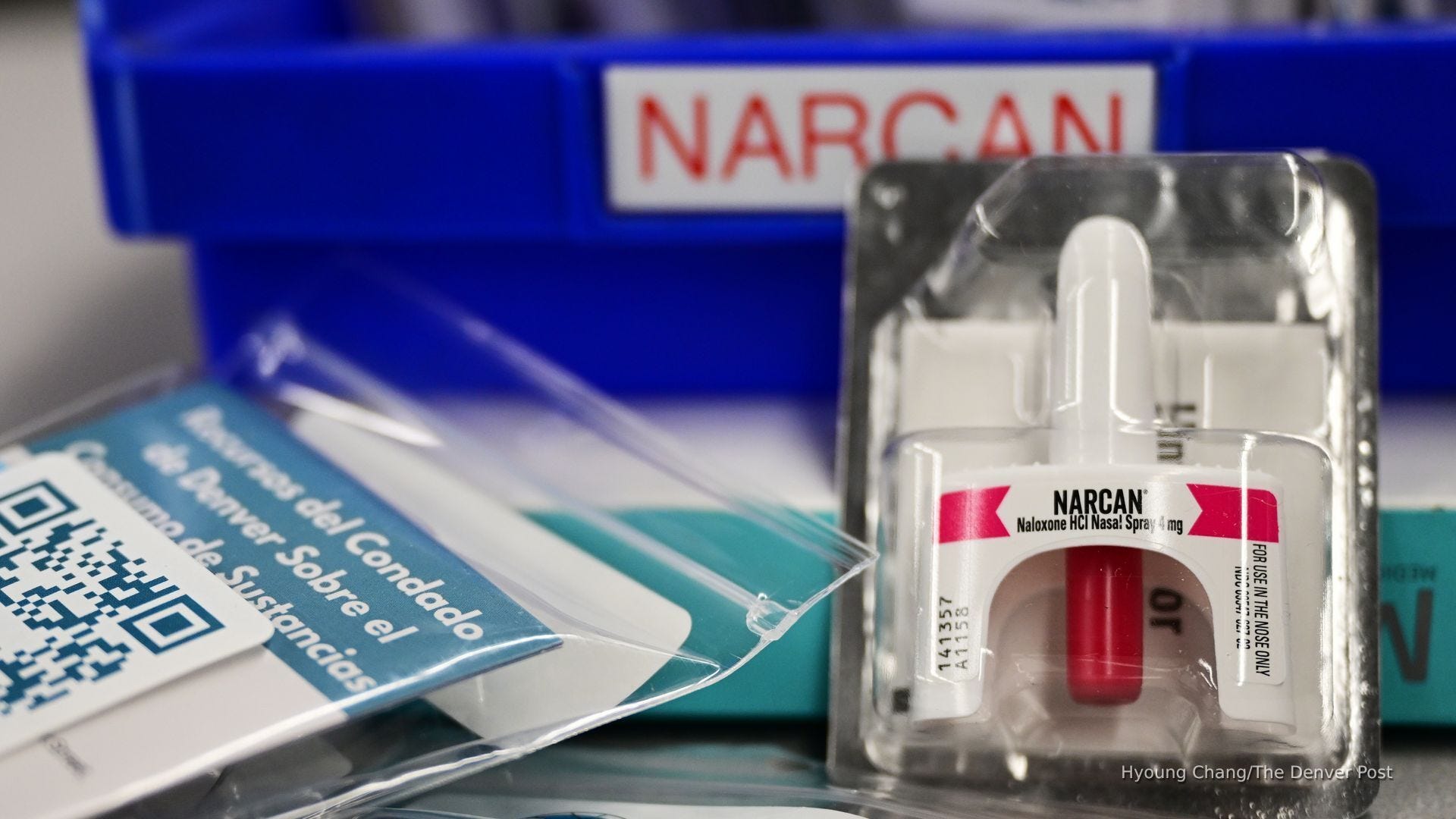I'm a police chief. We need help fighting addiction, not DOJ cuts to the cause. | Opinion
The Department of Justice's decision to eliminate over $88 million in addiction and mental health services recently – and dozens of grants for victims' services – deeply alarms me.

I am the chief of the Newtown Police Department in Ohio and a Marine Corps veteran.
I've dedicated my career to serving the public because I believed I could make a difference in the lives of others.
My belief was shattered when an entire family, a whole generation – a mother and all three of her sons – died one by one from addiction. This heartbreaking experience opened my eyes to the reality that, despite all the resources available to law enforcement, we simply cannot tackle these challenges alone.
That’s why the Department of Justice’s recent decision to eliminate more than $88 million in addiction and mental health services recently – and dozens of grants for victims’ services – deeply alarms me.
These cuts will lead to more untreated addiction, more families torn apart and more individuals without support.
Hamilton County Addiction Response coalition is a model
In Hamilton County, which includes both Newtown and the city of Cincinnati, we reached a record high in overdose deaths in 2017.
We learned the hard way how devastating addiction can be. But we also learned something else: When law enforcement partners with addiction and recovery organizations, we save lives. By forming the Hamilton County Addiction Response Coalition and collaborating closely with community-based service providers, we have reduced addiction-related deaths by more than 50%, saving almost 300 lives.
We achieved this progress by understanding a simple truth: Addiction is a chronic medical and mental health condition.
As a police officer, I don’t possess all the tools needed to treat these conditions. My tools include a gun, a Taser, handcuffs and jail – tools that do very little when faced with someone struggling with addiction or overdose.
However, by collaborating with community organizations, I transitioned from being the primary responder to addiction-related calls to becoming a link to those who possess the appropriate resources for these situations. This shift has saved lives.
Police officers cannot do it alone
This is a model that works. Police departments are built for emergencies. Community-based organizations are designed to help people achieve and maintain recovery.
They provide treatment, support for housing and transportation, assistance with job readiness and a pathway to long-term recovery. They create tangible pathways to recovery and support the stabilization of lives for individuals who are otherwise caught in a cycle of crisis.
I’ve seen what happens when someone receives care. I’ve watched people go from the brink of death to holding down a job, reuniting with their families and living with purpose. This transformation occurs through investment in services.
Law enforcement-community partnerships allow the police to focus on what we do best: stopping the drug supply, responding to emergencies and protecting public safety.
When communities have only law enforcement tools but lack essential services, people fall through the cracks. Law enforcement becomes stretched thinner. Families suffer, and communities become less safe.
DOJ grants must be restored
The DOJ also cut 82 grants worth $138 million that supported lifesaving victim services – crisis counseling, shelters, legal aid, housing assistance and trauma recovery.
These programs are essential for helping victims reach safety and rebuild their lives. As someone who has responded to violent crimes for decades, I’ve witnessed the toll that unaddressed trauma takes. Victim service providers are on the front line of support in the aftermath of violence, and law enforcement relies on them just as much as victims do.
Victim services don’t just help people recover – they also help prevent further harm. Women who received intensive advocacy services were twice as likely to experience no further violence over a two-year period compared with those who did not.
At Trauma Recovery Centers, most participants report feeling better emotionally, and 93% report improvements in their day-to-day functioning. These results help build stronger communities and ease the long-term pressure on public systems.
I urge Congress to reinstate the Community Violence Intervention and Prevention Initiative and restore these critical DOJ grants. These are not fringe programs. Policing alone cannot address all the factors contributing to violence or addiction, but partnerships with community-based organizations allow us to make a greater impact in reducing and preventing violence and deaths from addiction.
They are genuine public safety strategies – strategies that save lives, reduce violence and allow police to perform the job we were intended to do: Investigate and stop crime.
Fundamentally, my job as a police officer is to improve the lives of others and my community. These partnerships give me hope to believe we can.
Col. Thomas W. Synan Jr. is a veteran of the U.S. Marine Corps and has served in law enforcement for 31 years, including the past 18 years as chief of police for Ohio's Newtown Police Department. He is also the cofounder and cochair of the Hamilton County Addiction Response Coalition. This column originally appeared in the Columbus Dispatch.